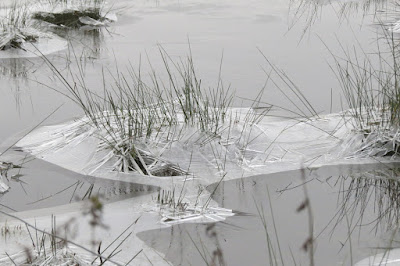It’s exceptionally quiet at the moment. On the river a
single Mute Swan has taken up residence again. As it’s on exactly the same
stretch of the river I assume this is the bird which spent the late
winter/spring here.
Four Goosander, two Buzzards, a small flock of Siskin and a single
Little Egret were the only other sightings of note.
The local egrets now gather to roost at Bolton-on-Swale
lakes and this week there were a remarkable 22 birds there (along with 88
Cormorants). It would be interesting to know how wide an area the egrets fly in
from as there are never reports of more than the odd one or two birds on the
local rivers. It’s also an amazing change of status for a species that I
travelled all the way down to Somerset to twitch only a relatively short time
ago!




















